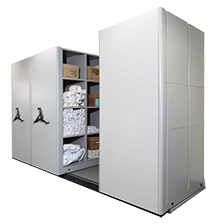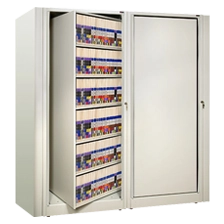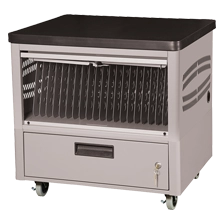Specifying Storage for Correctional Facilities
Today’s correctional facilities must proactively address overcrowding and claim more space to provide critical services that can decrease violence, enhance public safety, and reduce recidivism. Every element that goes into the design of a correctional facility has to meet a specific need, and it has to do so safely and efficiently. Specifying the right storage with the necessary security, versatility, and space is one important part of the solution.
Correctional facilities are unique environments that require architects, engineers, and general contractors to pay special attention to every detail of their design. Safety and security are always the top priority, but underfunding and overcrowding also place heavy emphasis on space. As a result, older facilities are trying to find new ways to gain space and new facilities are trying to maximize space while planning for the future.
Security, of course, is a primary concern in the design of a correctional facility. While some stored items obviously have the potential to do more harm than others, any one of them could be used for ill intent; therefore, special care must be taken to secure every item being stored.
In addition, funding for corrections is in short supply, so when it’s time to design an addition, renovation, or new facility, it’s important to give thought to how the storage you’re specifying today will be able to adapt to changing needs tomorrow.
Finally, the storage method you choose should be designed efficiently and no space should be wasted. Storage gains can often be accomplished by expanding the storage system up instead of out and by being more thoughtful in storage access.
Specifying the right storage solution can satisfy all of these requirements and provide architects and designers with greater freedom to use the space that is gained. To learn more about what you should look for when specifying storage for your next correctional project, download our white paper today.










